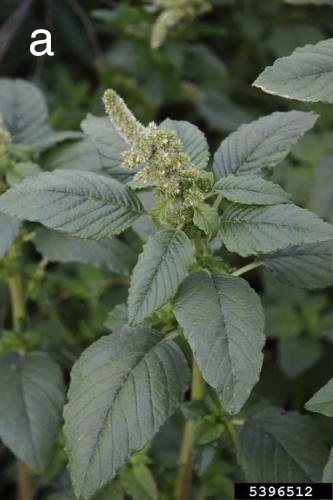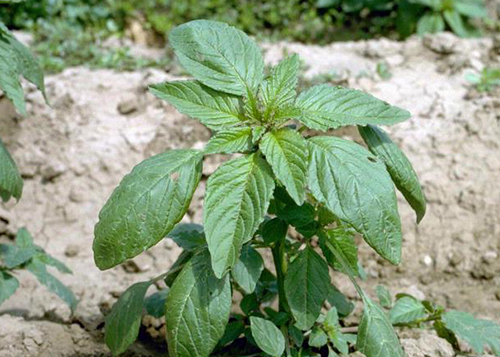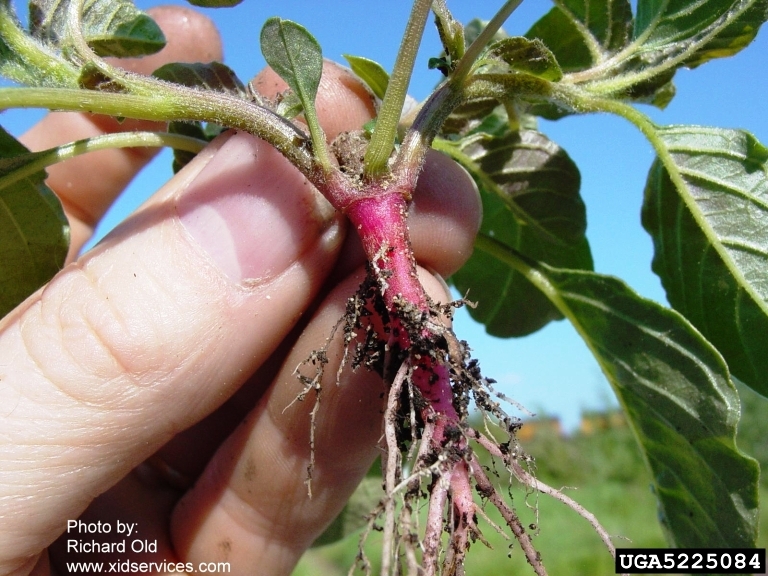How To Control Redroot Pigweed In Seconds Or Less
Redroot pigweed is a common and troublesome weed that can quickly take over a garden or field. It is a prolific seed producer, and its seeds can remain viable in the soil for many years. This makes it difficult to control, but there are a number of effective methods that can be used.
One of the most effective ways to control redroot pigweed is to hand-weed it when it is small. This is best done when the plants are no more than a few inches tall. You can use a hoe or a trowel to remove the plants, being careful not to disturb the soil too much.
If the redroot pigweed is larger, you can use a herbicide to control it. There are a number of herbicides that are effective against redroot pigweed, but it is important to choose one that is labeled for use in your area. Be sure to follow the directions on the herbicide label carefully.
Another way to control redroot pigweed is to use a cover crop. A cover crop is a plant that is grown to suppress weeds. There are a number of cover crops that are effective against redroot pigweed, such as rye, oats, and buckwheat.
Finally, you can also control redroot pigweed by rotating your crops. This means planting different crops in the same field each year. This helps to disrupt the life cycle of the weed and makes it more difficult for it to become established.
Here are some additional tips for controlling redroot pigweed:
- Water your plants deeply and regularly. This will help to make your plants more competitive with the weeds.
- Mulch your plants. Mulch helps to suppress weeds by blocking sunlight and moisture.
- Scout your garden regularly for weeds. This will help you to catch redroot pigweed early, when it is easier to control.
Conclusion
Redroot pigweed is a difficult weed to control, but it is not impossible. By following the tips in this blog post, you can effectively control redroot pigweed in your garden or field.
Redroot pigweed is a common weed that can be found in many parts of the world. It is a summer annual plant that can grow up to 6 feet tall. Redroot pigweed has a long, fleshy taproot that makes it difficult to control. The plant is also a prolific seed producer, so it can quickly become a problem in gardens and fields.
If you have redroot pigweed in your garden, there are a few things you can do to control it. You can hand-pull the plants, hoe them out, or use a herbicide. However, it is important to be careful when using herbicides, as they can also harm other plants.
For more information about redroot pigweed, please visit Home Gardening. This website provides detailed information about the plant, including its identification, biology, and control methods.
FAQ of redroot pigweed
- What is redroot pigweed?
Redroot pigweed is a common annual weed that is found in many parts of the world. It is a member of the Amaranthaceae family, and its scientific name is Amaranthus retroflexus. Redroot pigweed is a fast-growing plant that can reach heights of up to 6 feet. It has red or green leaves, and its seeds are small and round.
- Where does redroot pigweed grow?
Redroot pigweed thrives in open, sunny places. It is often found in agricultural fields, gardens, and disturbed areas. Redroot pigweed can also be found in waste areas, along roadsides, and in ditches.
- How does redroot pigweed spread?
Redroot pigweed spreads by its seeds. The seeds are dispersed by wind, water, and animals. Redroot pigweed seeds can also be spread by contaminated crop seed.
- What are the problems caused by redroot pigweed?
Redroot pigweed is a problematic weed because it can compete with crops for water, nutrients, and sunlight. It can also harbor pests and diseases. In addition, redroot pigweed can be a nuisance because it can produce large amounts of pollen, which can trigger allergies.
- How can I control redroot pigweed?
There are a number of ways to control redroot pigweed. Some of the most common methods include:
* Hand-pulling: This is the most effective way to control redroot pigweed, but it can be time-consuming and labor-intensive.
* Mulching: Mulching can help to smother redroot pigweed seedlings.
* Spraying: There are a number of herbicides that can be used to control redroot pigweed. However, it is important to use herbicides carefully, as they can also harm non-target plants.
* Crop rotation: Rotating crops can help to break the life cycle of redroot pigweed.
Image of redroot pigweed
- Image 1: A close-up of a redroot pigweed plant, showing its green leaves, red stems, and pink flowers.

- Image 2: A field of redroot pigweed plants, with their reddish-purple stems and green leaves.

- Image 3: A redroot pigweed plant with its seedpods, which are brown and ribbed.

- Image 4: A redroot pigweed plant in its seedling stage, with its small, delicate leaves.
- Image 5: A redroot pigweed plant with its taproot, which is a long, fleshy root that helps the plant to store water and nutrients.

- Image 6: A redroot pigweed plant with its flowers, which are small and green in color.

- Image 7: A redroot pigweed plant with its fruits, which are small and brown in color.

- Image 8: A redroot pigweed plant with its leaves, which are arranged in an alternate fashion on the stem.

- Image 9: A redroot pigweed plant with its stems, which are green and smooth.

- Image 10: A redroot pigweed plant with its roots, which are a deep red color.

Post a Comment for "How To Control Redroot Pigweed In Seconds Or Less"